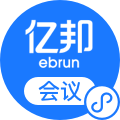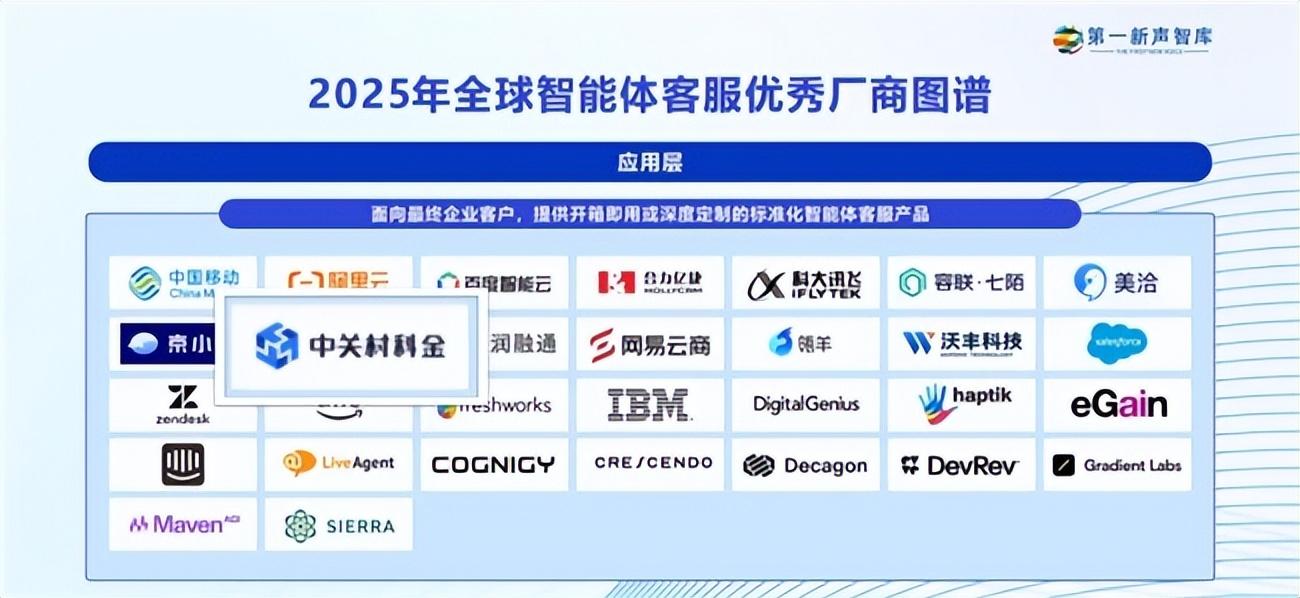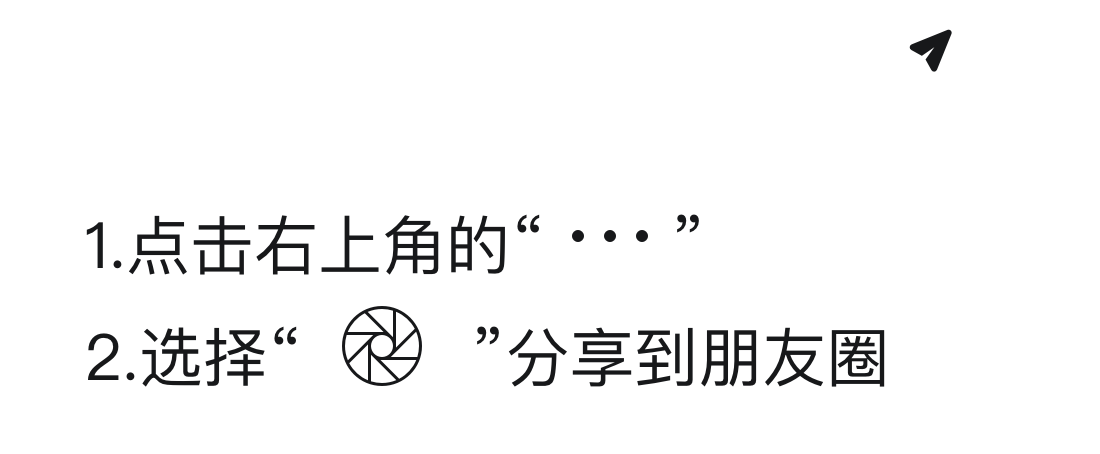文章重点介绍中关村科金在智能客服领域的核心技术创新和实际应用效果,提供实操性强的干货信息。
1. 多智能体协同体系创新:基于“得助大模型平台”构建成熟的“1+2+3”多智能体体系,统一纳管主流大模型如DeepSeek和Qwen,支持RAG和工作流编排工具,实现深度语义理解,确保服务专业性高和实用性强。
2. 服务效率与体验优化:全渠道整合微信、APP等20余入口,智能路由保障一致客户体验;文本机器人特定场景下问题自解率达90%以上,语音机器人通过大小模型组合使对话轮数提升60%,无缝转接人工提升效率;坐席赋能工具如智能陪练加速员工培训、智能助手提供实时知识支持、智能质检自动化合规检查,形成闭环优化服务质效。
3. 行业落地案例与数据:金融服务50%中国百强银行,华瑞银行案例实现7×24小时响应提升满意度;政务服务与杭州医保局合作“医保小智”,日均处理6000通电话、月均文字客服11000人次;出海服务如与Imou乐橙合作全语种智能客服,精准识别方言和复杂语境,获服贸会示范案例。
文章突出智能客服领域对品牌营销、用户行为和产品研发的启示,基于中关村科金的成就提供行业洞察。
1. 品牌营销与认可:中关村科金入选全球智能体客服优秀厂商图谱、IDC市场份额第四,彰显品牌领先地位,可作为品牌建设标杆,强化市场信任度。
2. 用户行为观察与消费趋势:通过全渠道统一服务保障客户体验一致性,显著提升满意度和忠诚度;消费趋势体现为全球智能客服扩张如出海全语种支持,满足多元文化需求;用户需求导向如政务服务高效咨询,反映数字化服务普及趋势。
3. 产品研发创新:研发多智能体协同体系,支持企业业务系统对接,提升产品专业性;基于大模型平台开发工具如智能陪练和助手,创新产品功能满足实际场景;产品从单点工具转向全链路服务,适应金融、政务等多样化应用。
文章揭示智能客服市场的增长机会、合作模式和可学习点,提供具体事件应对措施和价值启示。
1. 增长市场与机会提示:智能客服全球趋势持续深化,如出海领域全语种需求增加;政务服务存在高咨询量机会(日均6000通),企业可借此扩大服务覆盖;金融领域50%百强银行合作案例展示成熟市场需求。
2. 正面影响与可学习点:多智能体协同提升服务效率如文本机器人90%自解率,降低运营成本;合作方式可借鉴华瑞银行系统集成或杭州医保局共建平台案例,实现服务规模落地;技术细节如RAG工具和工作流编排可作为企业学习模板。
3. 风险规避与模式创新:通过智能质检自动化合规检查,规避服务风险;事件应对如人机无缝转接机制,处理复杂需求;最新商业模式如全渠道整合智能路由,实现从效率提升到价值创造的转型。
文章启发产品生产需求、商业机会和数字化推进,强调智能客服系统带来的制造启示。
1. 产品生产设计需求:多智能体体系需可靠硬件平台支持如AI算力,强调系统稳健性和大规模部署能力;全渠道整合要求兼容20+入口设备,反映产品设计需注重可扩展性和多接口适配;智能工具如语音机器人的大小模型组合,依赖高效硬件配置提升性能。
2. 商业机会与市场拓展:智能客服设备需求增长在金融、政务等领域,如智能质检工具可扩展制造应用;出海服务全球联络中心解决方案,提供全语种支持机会,企业可借鉴开辟国际业务;中关村科金案例如与Imou乐橙合作,展示生产伙伴关系机会。
3. 推进数字化启示:系统从效率优化转向价值创造,启示工厂通过客服环节挖掘数据洞察,驱动电商数字化升级;如坐席赋能工具形成闭环优化,提供可持续改进路径,支撑制造企业智能化。
文章聚焦行业发展趋势、新技术和解决方案,针对客户痛点提供深度分析。
1. 行业发展趋势:客服智能化深化到价值创造阶段,覆盖营销、服务、运营、决策全链条;多行业应用如金融、政务、出海扩张显示全球市场增长,驱动服务标准化。
2. 新技术应用:多智能体协同体系创新使用大模型纳管和精调技术;文本机器人基于编排架构实现高效自解率,语音机器人结合大小模型优化对话链;新技术工具如RAG增强语义理解、工作流编排提升功能集成。
3. 客户痛点与解决方案:服务一致性痛点通过全渠道整合和智能路由解决;效率问题借助人机协同实现90%以上问题自解;坐席知识支持痛点由智能助手实时推送答案缓解;合规风险由智能质检自动化检查管理,提供灵活定制规则方案。
文章探讨平台需求、最新运营做法和招商启示,强调管理优化和价值创造。
1. 平台需求与问题:企业对统一服务平台需求强烈,如全渠道20+入口整合提供一致服务;运营管理痛点由智能路由排队机制化解;功能边界问题通过多智能体协同打破数据限制解决。
2. 最新做法与运营管理:平台构建以得助大模型为核心底座,支持智能体统一纳管;全周期坐席赋能工具形成培训-执行-优化闭环,提升团队效率;智能质检自动化全量会话检查实现合规管理;平台通过案例如华瑞银行系统展示规模化运营能力。
3. 招商启示与风险规避:中关村科金的全球联络中心案例吸引合作者,如获服贸会示范,提供招商模板;风向规避由系统实时监控如质检工具实现;未来路径如覆盖营销服务全链条,启示平台向价值驱动发展。
文章分析产业新动向、商业模式和政策启示,基于数据案例提供深度洞察。
1. 产业新动向与新问题:客服领域向“价值创造”深化,探索人机协同新边界;多智能体协同打破传统局部优化,成为产业升级焦点;出海服务引入跨语种语境处理,凸显文化融合新问题。
2. 商业模式与启示:多智能体体系作为企业级智能体模型,驱动从服务到决策全链路转型;案例如杭州医保局“医保小智”展示政务服务效率模板;华瑞银行应用提供金融数字化路径;数据支持如90%问题自解率验证模式可行性。
3. 政策法规启示:政务服务高效响应提供政策落实范例;智能质检灵活规则制定启示合规机制优化;未来大模型融合业务提出监管建议,为研究者提供产业演变框架。
返回默认











